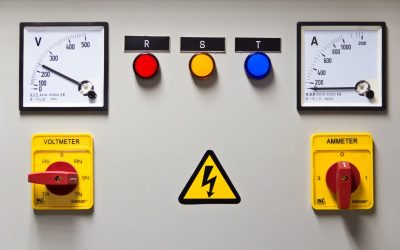With microwave applications, as with any type of electronics, microelectronics or semiconductor designs, choosing the correct materials to create the specific component will be critical to the final performance.
When it comes to choosing ceramic substrate options in microwave applications, this central consideration still stands. Weighing the cost of the substrate options against reliability and performance is always important in microwave circuits. Making the right choice will provide the lowest cost per unit during production while still developing a quality circuit. Making the incorrect choice can increase costs while lowering reliability and overall performance.
Frequency and Size Requirements
The use of ceramics in microwave applications is not new. Different thicknesses of these substrates can be used in various applications and this will be determined by the dielectric constant required as well as the need for the use of specific types of conductors that will be used on the printed circuit board from the substrate.
The choice in type of resin and fillers used in the manufacturing of the ceramic substrate will impact the strength of the dielectric material. In many applications, these dielectric materials are bonded or laminated to a copper layer that acts as a conductor. This is essential as the dielectric material itself can lead to dissipation loss across the circuit.
Increasing the thickness of the copper layer in the laminate will make the final printed circuit board slightly heavier in weight, but it will also improve the functioning of the component. For high power applications such as amplifiers where heat is produced this additional copper boosts durability and component reliability.
Options to Consider
For various applications, including microwaves and electronics, there are thin-film, mid-film and thick-film substrates. The choice of each of these different types of ceramic substrate options will be a factor of the application and the specific environments the component will be used in.
Generally, the thin-film substrates are the most costly to produce, while the thick-film options provide the most cost-effective option. The surface quality and the purity of the substrate is often the most important factor in this choice.
Often it is possible to use a mid-film or a thick-film substrate in a specific application without sacrificing the effectiveness and durability. Working with a team of engineers specializing in microwave and microelectronic design and development is highly recommended to be able to choose the best substrate for the application while also helping to reduce costs without impacting performance.



